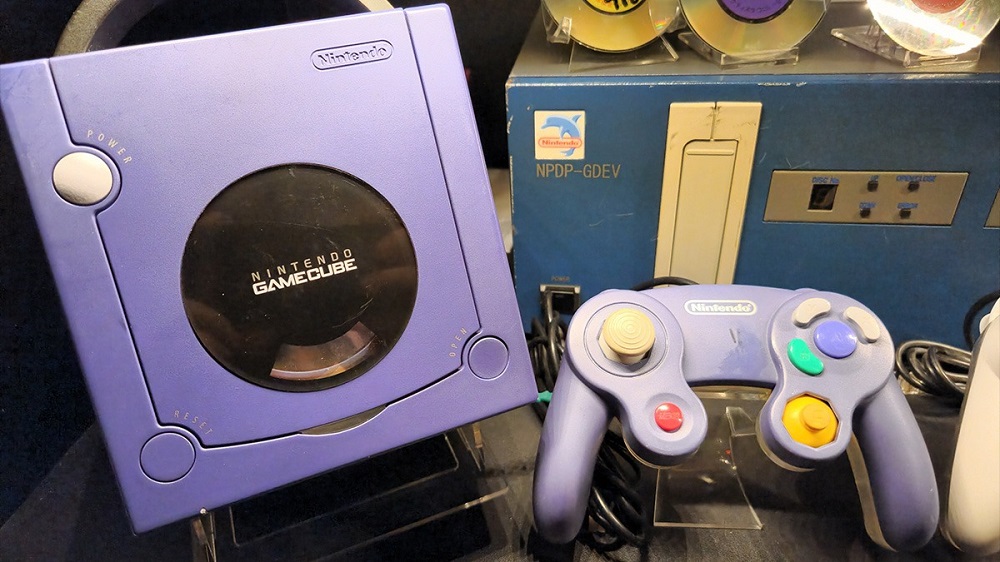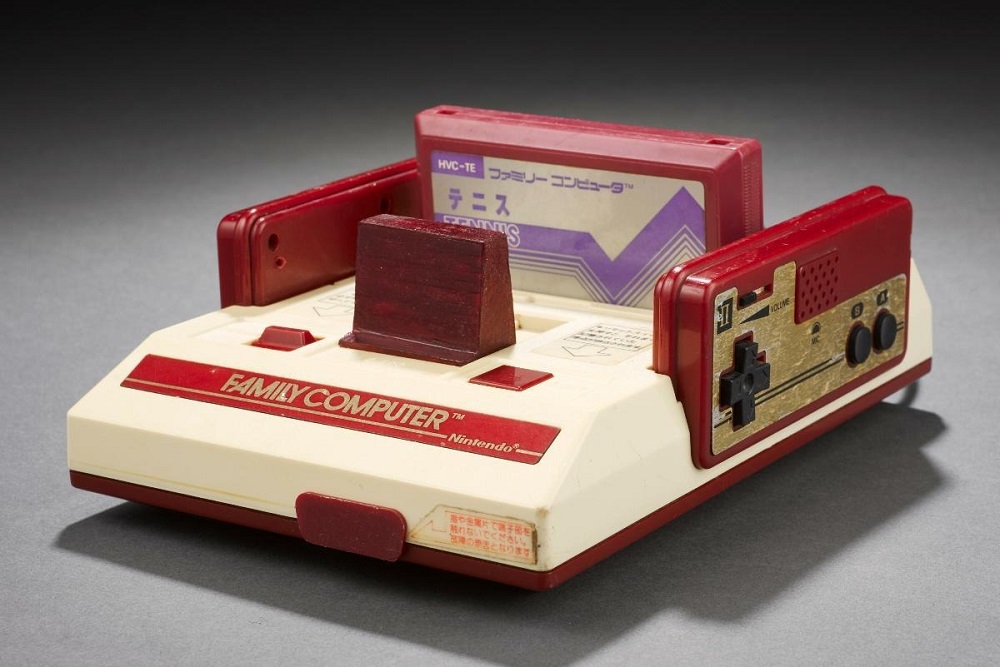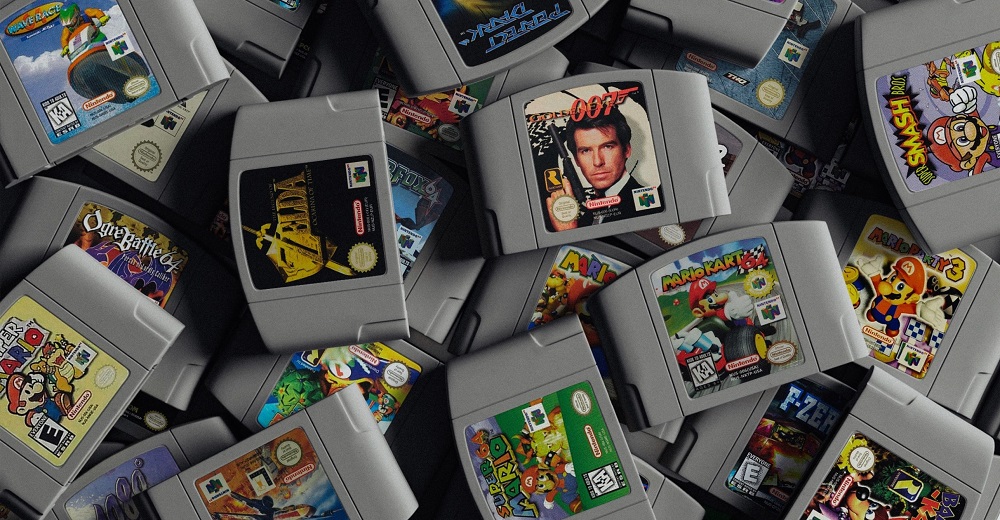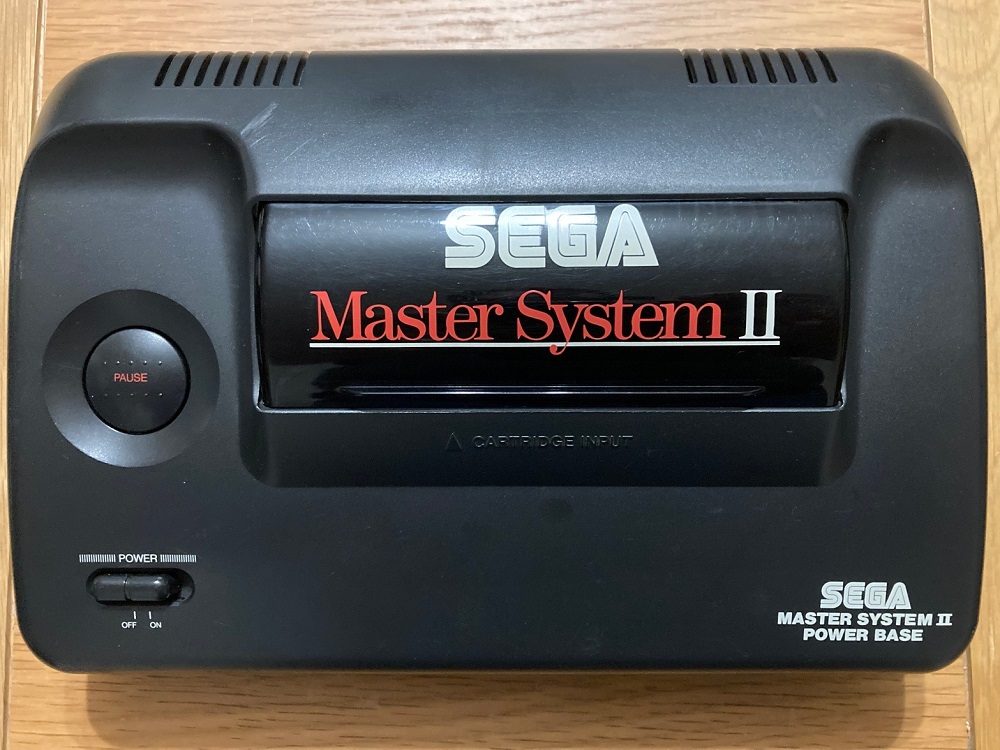Among all the legendary consoles in Nintendo’s hardware lineup, the GameCube stands out as one of the most unique. Launched in 2001, this compact cube-shaped system was a departure from both its predecessor and competitors. While it didn’t dominate sales charts like the PlayStation 2, the GameCube earned a cult following for its library of first-party classics, colorful personality, and hardware built with gamers in mind.
In this retrospective, we revisit the GameCube’s origin, innovations, underdog journey, and its lasting legacy in gaming.
Breaking from Convention: The GameCube’s Launch
The Nintendo 64 had succeeded in pushing 3D gaming forward but lost ground to the original PlayStation. Nintendo knew the next generation would be fierce—with Sony’s PS2, Microsoft’s debuting Xbox, and Sega’s ambitious Dreamcast already in play.
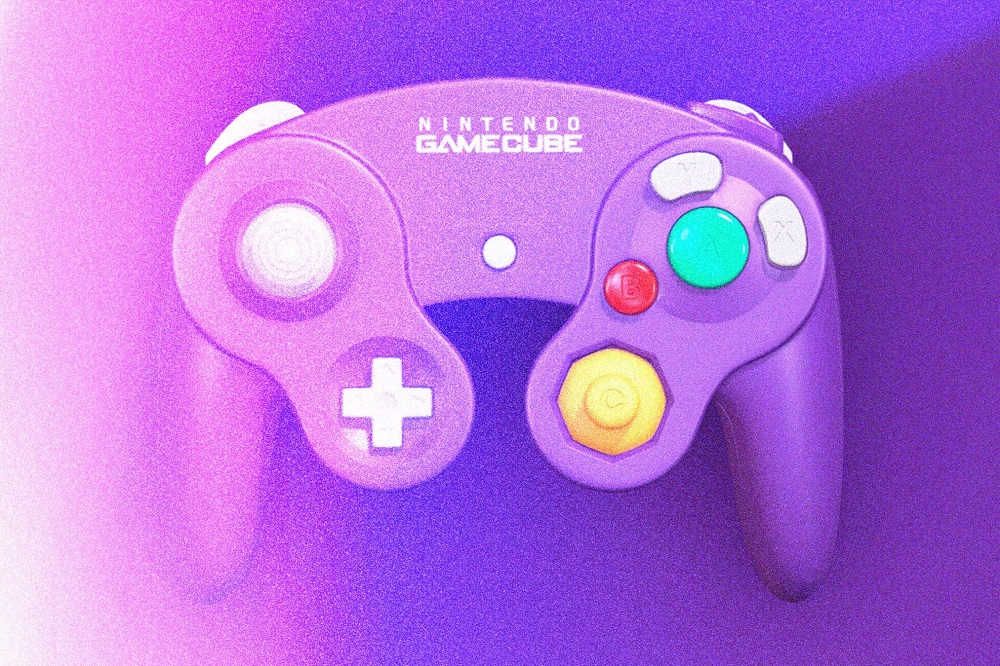
The GameCube launched in September 2001 in Japan and November 2001 in North America, with a purple shell, a carry handle, and no DVD playback—choices that seemed odd in a market racing toward multimedia.
But Nintendo wasn’t trying to win the living room—its focus was on pure gaming. The GameCube didn’t play DVDs, but it offered strong specs at a competitive price:
Key Hardware Specs:
- IBM “Gekko” processor (485 MHz)
- ATI “Flipper” GPU with advanced lighting and effects
- MiniDVD-based proprietary discs (1.5 GB)
- Four controller ports (no multitap needed)
It was compact, sturdy, and fast—designed to load games quickly and run them smoothly.
To see how Nintendo approached 3D before GameCube, check out Nintendo 64 and the Leap to 3D Gaming
A Legendary Controller Design
The GameCube controller was instantly iconic. Often cited as one of the most ergonomic and intuitive designs in console history, it featured:
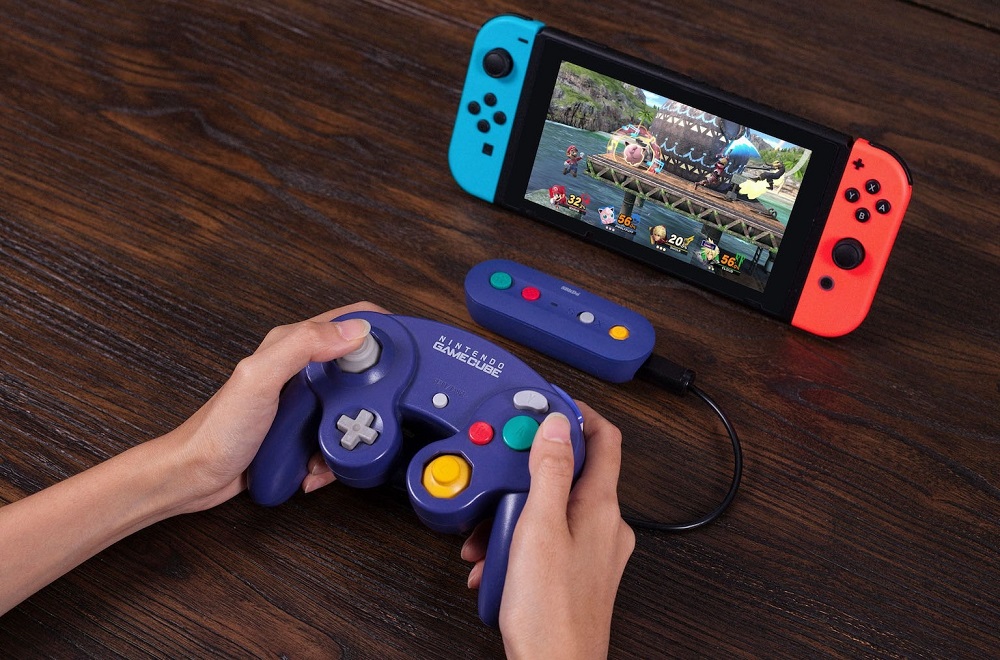
- A large green A button at the center
- Smaller B, X, and Y buttons placed asymmetrically
- A precise C-stick for camera control
- Pressure-sensitive triggers
This layout was ideal for Nintendo’s in-house games and remains so beloved that it’s still used for Super Smash Bros. Ultimate on the Nintendo Switch.
The Games That Defined GameCube
Where the GameCube truly shined was its first-party lineup. Nintendo brought their A-game with landmark entries in their most famous franchises:
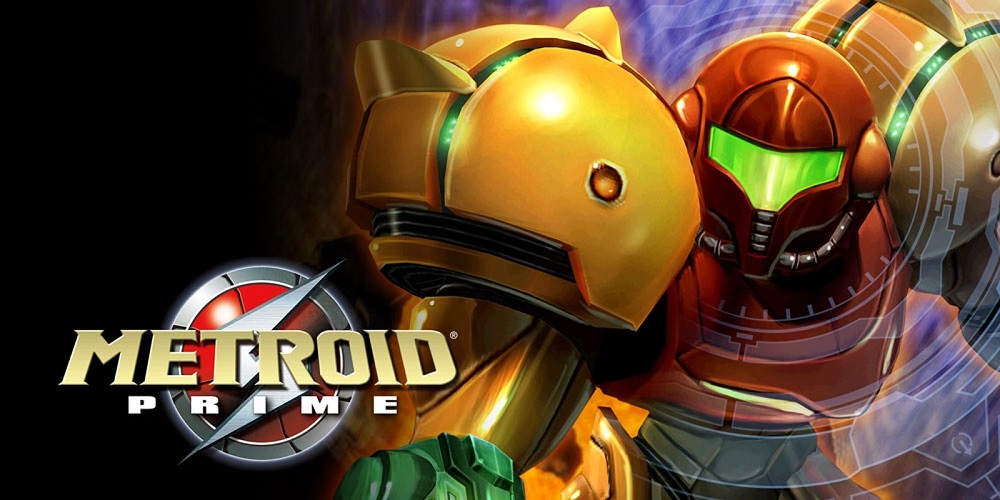
Essential Titles:
- Super Smash Bros. Melee – One of the most competitive and popular fighting games ever
- Metroid Prime – A revolutionary first-person adventure that reinvented the franchise
- The Legend of Zelda: The Wind Waker – A bold cel-shaded take on Zelda that aged beautifully
- Super Mario Sunshine – Mario’s tropical, water-powered platformer
- Luigi’s Mansion – A charming launch title that gave Luigi the spotlight
Other standout titles included:
- Pikmin, Animal Crossing, F-Zero GX, and Eternal Darkness
GameCube was also the first home for iconic series like Viewtiful Joe and Resident Evil 4, the latter of which debuted exclusively on the system for a time.
For a look at how its competitors fared, see PlayStation 2: The Best-Selling Console of All Time
Multiplayer Magic
GameCube emphasized local multiplayer, offering four controller ports right out of the box. It became the go-to system for:
- Mario Kart: Double Dash!!
- Mario Party 4-7
- TimeSplitters 2
- Super Smash Bros. Melee
It was a party console—perfect for college dorms, family living rooms, and weekend marathons.
Unlike Xbox or PS2, it didn’t focus on online features, but it doubled down on in-person, couch-based fun.
Innovations and Quirks
Nintendo experimented heavily with the GameCube. Some innovations (and oddities) include:
- Game Boy Advance Link Cable – Used in titles like Four Swords Adventures for asymmetric multiplayer
- Game Boy Player – A peripheral allowing you to play GBA games on TV
- WaveBird Wireless Controller – Among the first successful wireless console controllers
- Compact Design – With a handle and tiny discs, it was portable and unmistakably “Nintendo”
For handheld integration history, explore Game Boy: The Console That Fit In Your Pocket
Market Struggles and Strong Competition
Despite its strengths, the GameCube struggled commercially. With 21 million units sold, it was behind the PS2 and Xbox.
Why? A few reasons:
- Lack of DVD playback hurt appeal to general consumers
- Limited third-party support
- “Kid-friendly” image scared off older gamers
Still, GameCube remained profitable and beloved by its fanbase. Nintendo’s decision to prioritize gameplay over media features preserved its identity—but limited its reach.
To understand how Sega took a similar creative approach, see Dreamcast: Sega’s Final Console and Its Legacy
End of Life and Influence on Wii
GameCube production ended in 2007, but its DNA lives on. The Nintendo Wii was fully backward compatible with GameCube games and controllers.
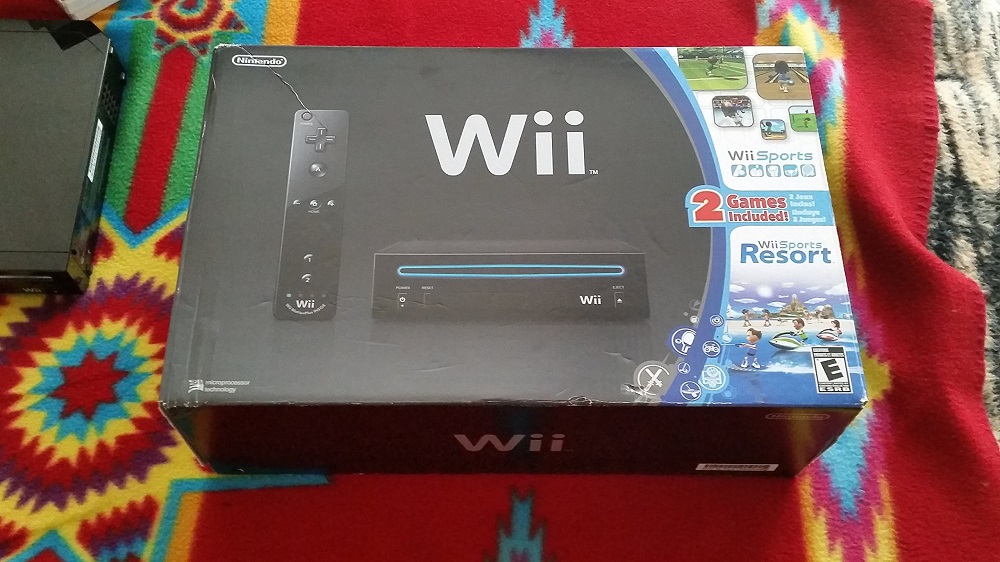
In fact, many of Wii’s early bestsellers—like Twilight Princess—were originally built for GameCube.
Its experimentation with connectivity, form factor, and control laid the foundation for future systems. Titles like Metroid Prime and Wind Waker continue to influence game design today.
Collector’s Item in 2025
Today, the GameCube is a retro favorite. Its hardware is reliable, its games hold up beautifully, and its exclusives are considered classics.
Some of the most sought-after titles include:
- Fire Emblem: Path of Radiance
- Skies of Arcadia Legends
- Chibi-Robo!
- Pokemon XD: Gale of Darkness
With strong emulation options and HDMI mods available, it’s easier than ever to revisit GameCube titles in modern setups.
Final Thoughts
The Nintendo GameCube was bold, colorful, and unapologetically different. It may not have topped the sales charts, but it delivered some of Nintendo’s most creative and enduring work.
We celebrate the GameCube for what it was: a pure gaming machine, full of charm, quirkiness, and timeless fun. Whether you’re rediscovering Melee or playing Wind Waker HD on a newer system, the GameCube spirit lives on.
